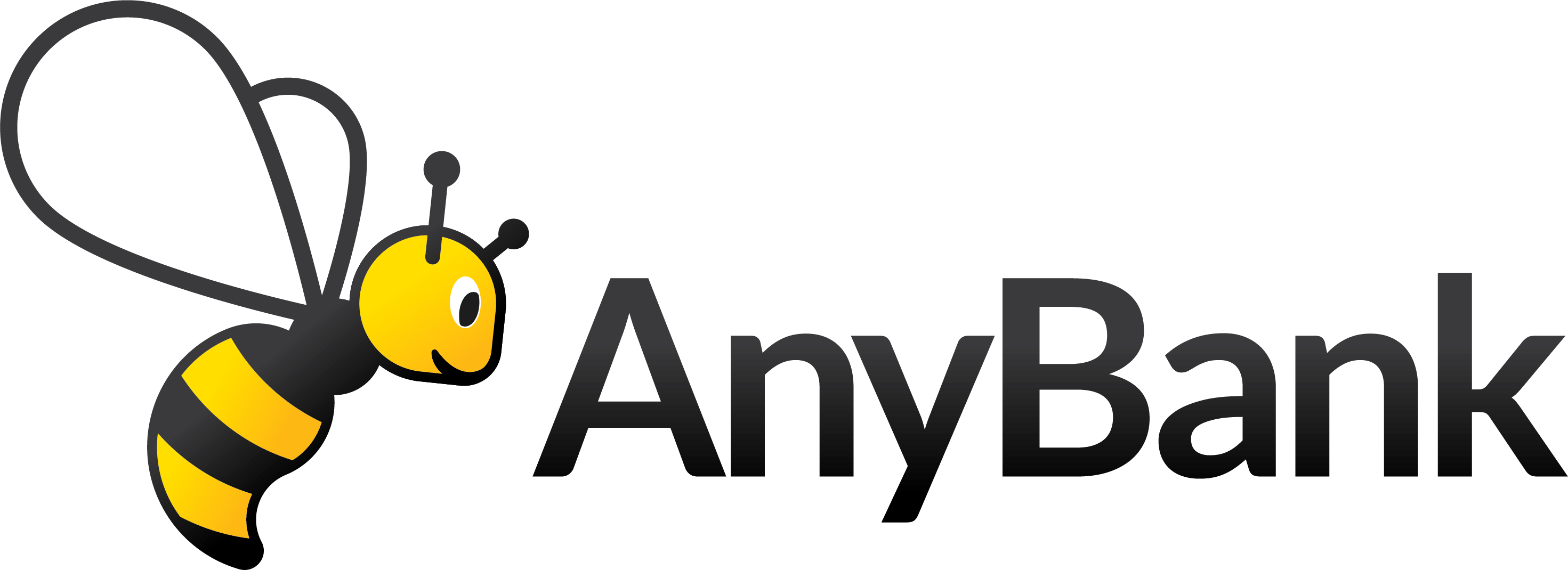Direct Credit to Customer Bank account and other disbursal methods
A lending program should offer a clear and efficient way to disburse the loan amount to the client. Depending on the geography some people might be familiar with a certain mode of receiving money. In this post we will look at the various modes and disucss the pro and cons of each of these as well as the technology that is used to automate the process.
Disbursing money has evolved over the last two decades, the most popular modes used by financial institutions for transferring funds to the client over the years are:
- Cheque
- Draft
- Credit Instruction to the Bank
- National Automated Clearing House (NACH)
Cheque
Cheques have been a popular way of disbursing money to clients in the early 2000. A physical cheque for the principal amount minus the processing charges would be handed over or mailed or couriered to the client. The clients should deposit this cheque in their account to receieving the funds. This method had a lead time of a few days before the clients realised their funds. And if the chque drawn by the institution was an oustation cheque the client had to bear the clearing charges. Several years later "At-Par" cheques that could be cashed at the value without incurring any clearing charges were introduced so that clients didn't have to bear the clearing charges.
To print cheques Banks and NBFC's used a 80 column or 120 column dot matrix printer. Cheque stationery were pre-printed with the Bank's MICR code. However dot matrix printers suffered from stationery getting jammed in the tractor feed. This meant that some cheques in a batch get over printed or the cheque stationery gets damaged. This meant that cheque numbers were permanently lost. Lost cheque numbers meant addtional audit and administrative overheads to ensure that these cheques were indeed lost and not stolen.
Specialised Cheque Printers were introduced to overcome these problems that prevented jamming. However a few years later electronic transfers became popular.
Bank Draft
Printing drafts was the preferred way of disbursing money to clients if the client were located in places where there were no "At-Par" cheques. Drafts were printed so that Clients didnt have to pay Cheque clearing fees. The stationery for drafts were pre-printed and suffered from the very same drawbacks like cheques.
Credit Instruction to the Bank
In countries like India where sophisticated clearing and settlement systems exist Institutions can send bulk instructions to the bank to credit the respective customer accounts with the disbursal amount. This was effective if the client had an account with a Bank in whcih the Institution also held an account.
National Automated Clearing House
Currently the most popular mode of disbursing money is to use the NACH services. An institution can credit money to the client's bank account anywhere within the country even if the client held an account in a Bank that the Instituion does not bank with.

